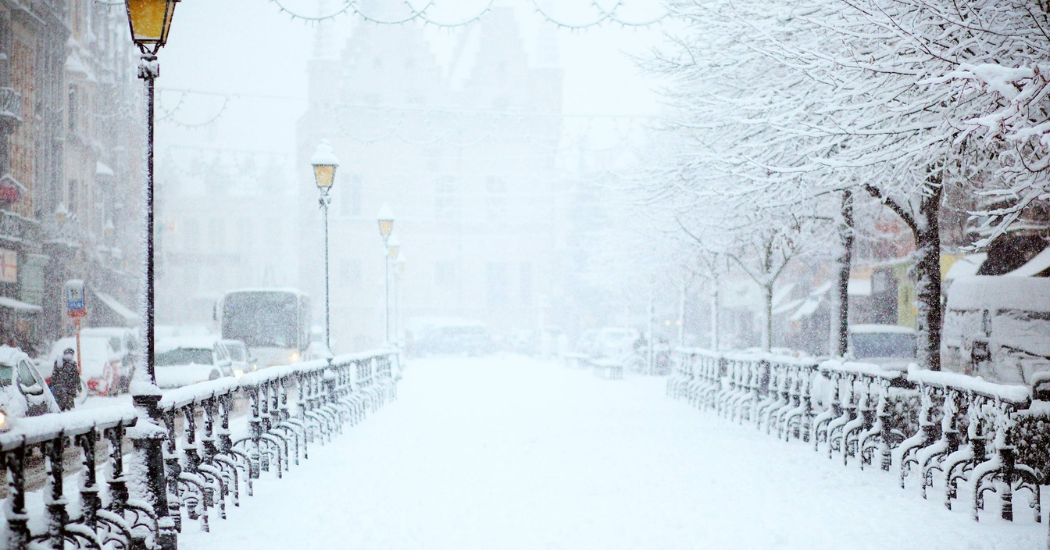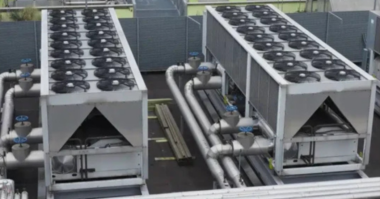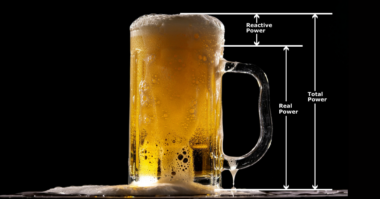A common misconception that heat pump manufacturers, installers and servicers must collectively dispel is that these products will not work as well for people in cold climates. However, heat pumps can suffice in frigid weather if people take relevant, proactive steps.
Schedule Maintenance for the Warmer Months
Most professionals recommend heat pump servicing at least annually to maintain expected performance. These appointments allow technicians to check for leaks, assess pressure, clean filters, ensure the electrical circuits function properly and more.
Those working in this industry should strongly advise customers to schedule service appointments for the warmer months. Then, if a technician identifies maintenance issues, there’s enough time to order parts or take other necessary actions before the cold weather arrives.
Also, as temperatures gradually drop, the effect can cause people to remember they must schedule maintenance as soon as possible. Then, it may take a while for local technicians to get through backlogs caused by sudden influxes of customer calls.
Select a Cold Weather-Ready Heat Pump When Warranted
The Nordic countries are among the biggest heat pump users, proving they work well in cold climates. However, most models prioritized there have designs and features — such as variable-speed compressors and integrated defrosters — to make them perform best in frigid environments.
Heat pump installers and others assisting customers in making appropriate decisions should steer people toward models equipped for colder weather if they live in areas justifying them. In-depth discussions about how the features differ and the pros, cons and price points of different models will help customers reach informed decisions.
Researchers explored how well heat pumps work in European countries. They measured the coefficient of performance — a ratio of useful heat generated by the device to its energy consumption. The results showed when the temperature was between 14 and 41 degrees Fahrenheit, standard heat pumps could more efficiently meet heating loads than other alternatives. Then, if the temperature was between approximately -22 to 14 degrees, heat pumps continued performing well, though these temperature ranges required cold-weather models.
Teach Customers About Related Winter Preparedness Measures
Heat pump professionals should provide clients with other tips to help them get ready for winter. For example, households should always set the thermostat to a comfortable and energy-efficient level. Low thermostat settings increase the risk of frozen pipes due to insufficient heat generation.
Pipe insulation can prevent freezing. However, once pipes freeze, the best first step to take is to run the water. The flow of fluid through the pipes can have a thawing effect.
Technicians should also discuss the need to keep the area around a heat pump clear of debris. Since heat pumps extract heat from ambient air, they’ll work best when nothing in the surrounding area blocks airflow.
Consider Energy Storage Solutions
Energy storage products are becoming increasingly popular as the world increases its dependence on renewable sources. Those can fluctuate due to weather and other variables, but storage provides consistency.
Some heat pump professionals in Europe advocate for combining heat pumps with thermal energy storage systems. During a November 2022 webinar, numerous participants updated attendees on the progress in this area. One product mentioned was a thermal energy storage system that charges directly from heat pumps.
Its development occurred as part of the European Union’s ECHO project, which concludes in December 2026 and has 17 partners. The primary goal is to develop a compact and efficient energy storage system. Some solutions tested so far rely on heat pumps to convert electrical energy to thermal for later use.
Heat Pumps Can Suit Cold Weather
These strategies and associated information are valuable for helping professionals stay abreast of the details they need to show customers there’s a good chance heat pumps will meet their climate control needs in the winter. Being available to address customers’ concerns and provide relevant specifics can help people have confidence in installers and other experts, while putting trust in this heating method.





Comments